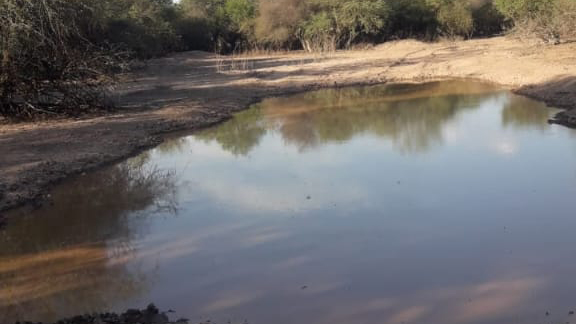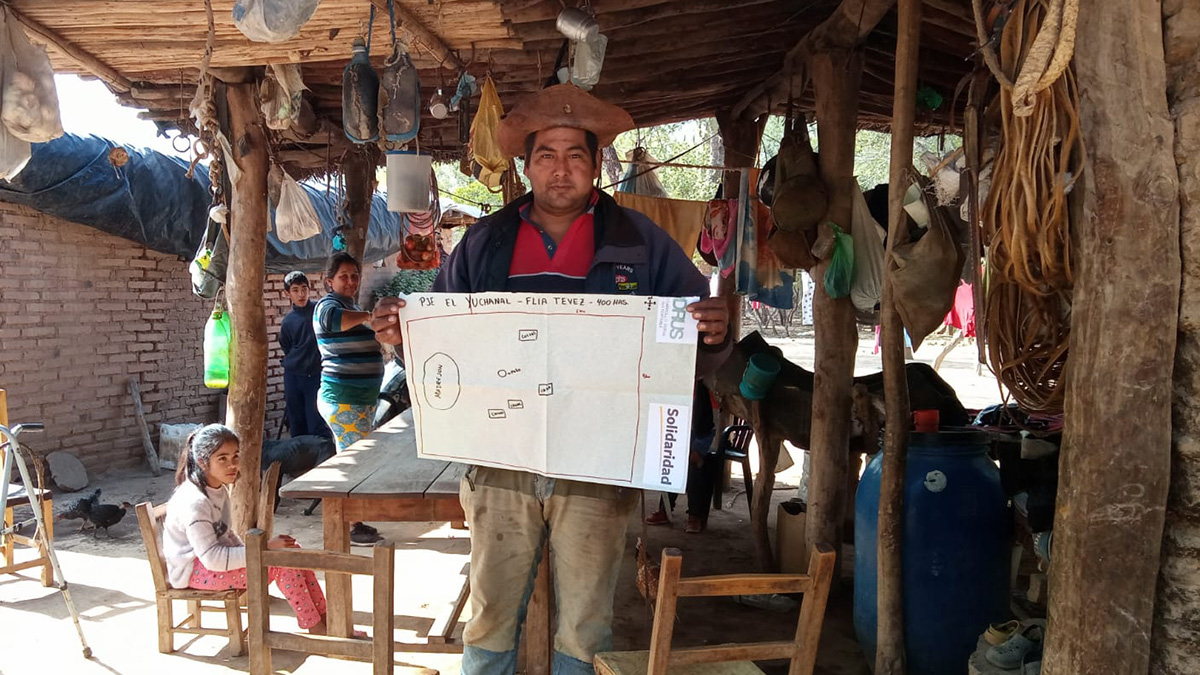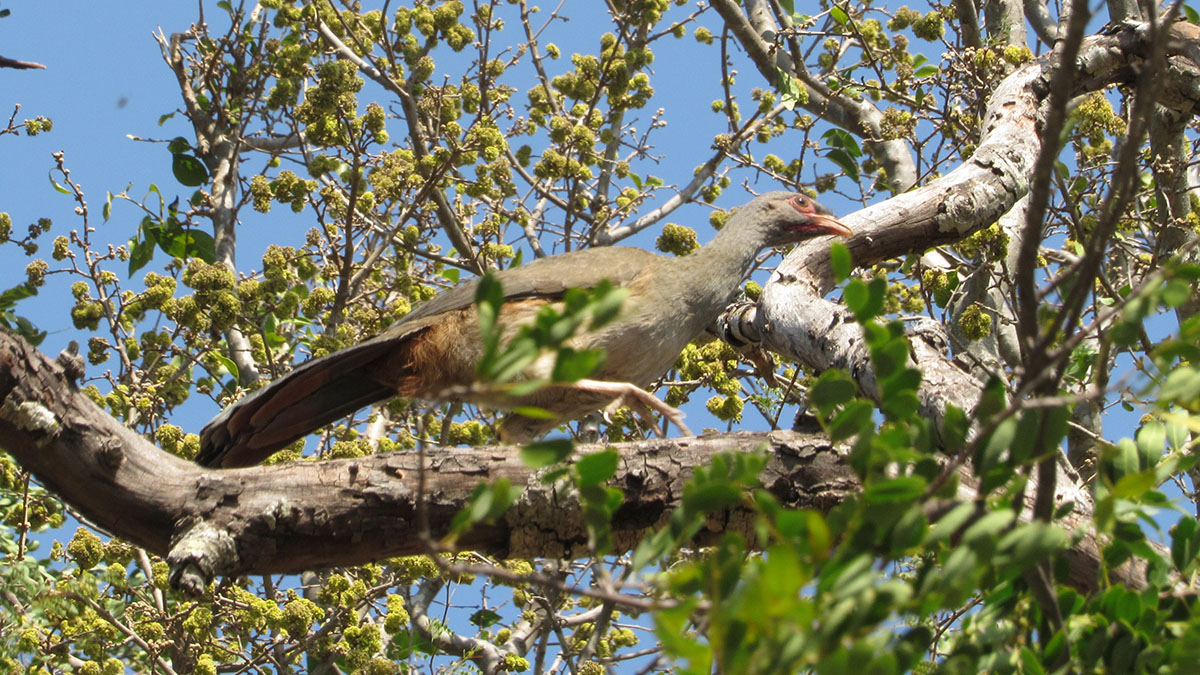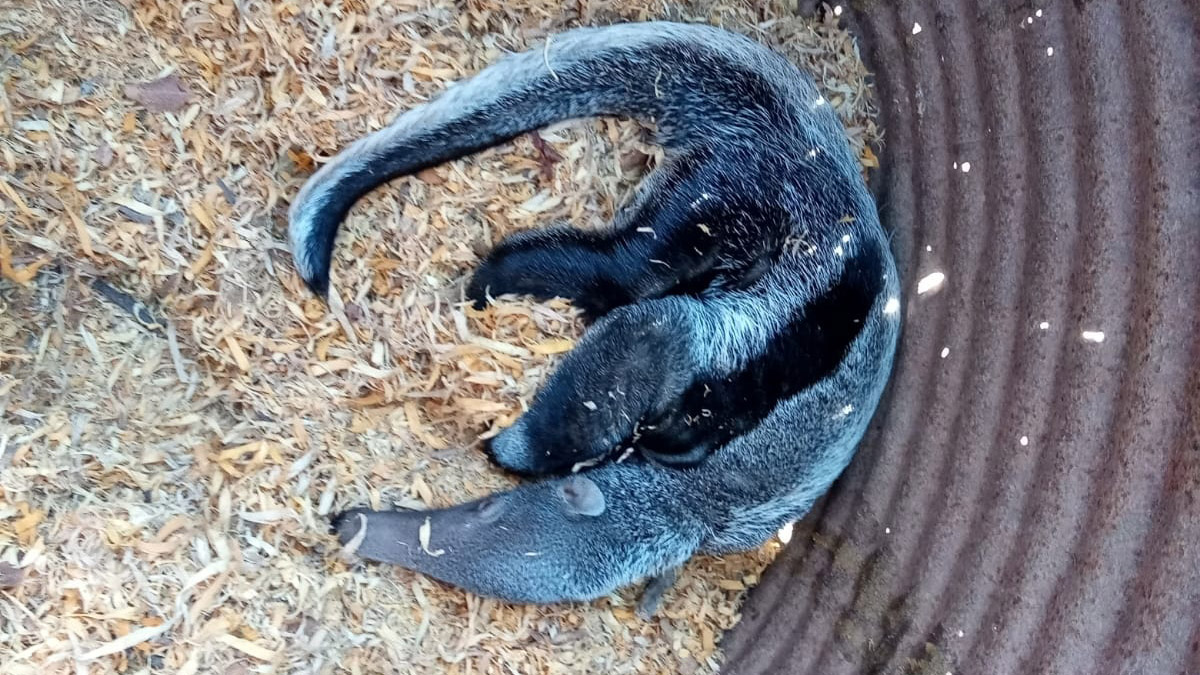The 250 families of the “Unión y Progreso” (Union and Progress) farmer association in the province of Salta are our partners in the effort. As in many regions of the world, climate change is increasing the risk of droughts, high temperatures and floods in this area. For the families of Unión y Progreso, climate resilient practices will become key for ensuring their livelihoods.
Meet Lucia, one of the farmers here.
Clearing of forest in this area is forbidden, so families here rely on integrated livestock farming to earn a living from the forest, while preserving it. Under this model, animals are free to graze and search for food within the forest, as long as they are properly managed.
What regenerative agriculture looks like

There are several cattle management practices that can help regenerate areas of native forest while improving family income. First and foremost, is rotational grazing. By fencing plots of land to create paddocks, farmers can cycle animals through them while leaving other areas undisturbed to naturally regenerate. In just one year, new sprouts can appear in previously eroded soil. This also allows farmers to grow pasture that is adapted to the region that is more drought tolerant.
The first step is mapping a farmer’s land to identify the best location for paddocks.
Second, is learning the basics of animal husbandry. The project provides veterinary care to help farmers identify common problems and develop animal health plans accordingly. The breeding rate in this region is low, but this can improve with an adequate diet and proper health care. Also, by identifying unproductive animals and removing them from the herd, farmers can reduce the inefficient use of pasture and decrease pressure on the forest resources.

Third, the project provides farmers with basic infrastructure to build dams and wheels to improve the availability of water in the region.
Each of these practices contributes to recovery of soil fertility and its capacity to hold water, increasing the carbon storage in the soil and in trees. They also decrease the herd´s methane emissions and boost efficiency gains for farmers. In 2022, 160 producers attended training on these topics.
Implementing Inclusive Technical Assistance

In 2022, eight local technicians were trained and visited 216 households to help farmers improve their animal welfare, management, and build up basic infrastructure for water access. Since the farms are far from each other, the technicians travel with all they need to camp out and share lunch or dinner with the families.
Part of their training focused on inclusive technical assistance that ensures equitable access for all. At each training, child care is arranged so both parents can attend meetings with their children. The arrangement also provides employment for local teachers , who typically need to move to distant cities to find a job. Since the project established the practice, the childcare setup has been replicated in other initiatives developed by the association.
Creating a more inclusive training regimen also requires different thinking on when training is held. While most workshops are organized around typical farming activities, a more inclusive project also accounts for the tasks that women usually perform at home. As a result, meetings are typically scheduled to provide women with enough time to return home before sunset.
Taking steps to conserve biodiversity
In 2023, entire communities will receive training in how to monitor and deal with native animals and birds that roam the forests near the farms. Creating awareness of the value that wildlife provides and how to protect and discourage hunting is critical for ensuring the survival of animals such as pumas and the rarely seen “yaguareté” (jaguar).
On the way to farms, project staff always take the opportunity to register their encounters with some of the native inhabitants of the Chaco forest, such as the anteater, the greater rhea (ñandú), the chachalaca bird, the alligator (yacaré), and the cavy rabbit (conejo de los palos)









